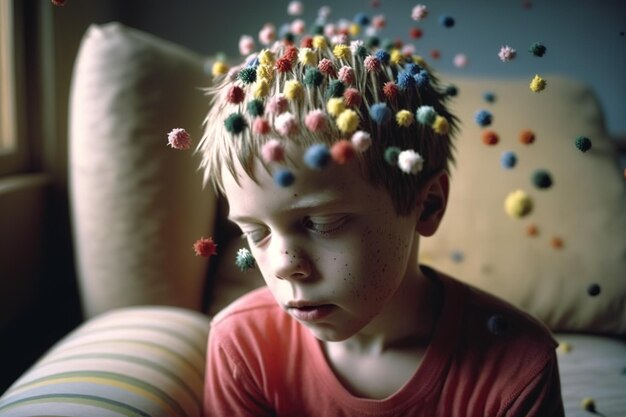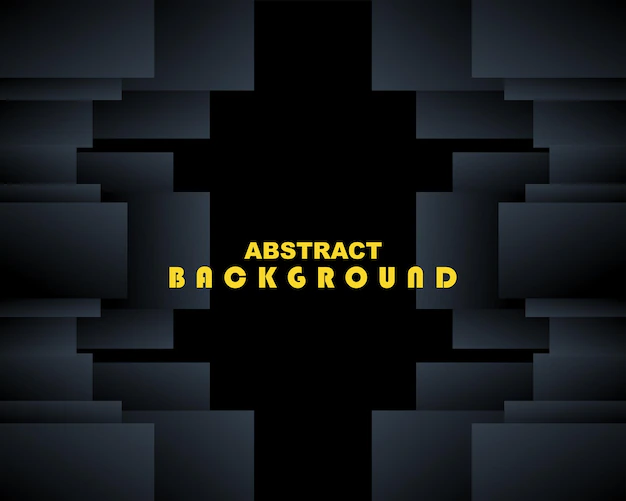Decoding Attention Deficit Hyperactivity Disorder (ADHD): Types, Symptoms, and 4 Management Strategies
Attention Deficit Hyperactivity Disorder (ADHD) is a neurodevelopmental condition that impacts attention, impulse control, and hyperactivity. Understanding the different types of ADHD, their symptoms, and potential management strategies is crucial for individuals, caregivers, and healthcare professionals. This article provides an in-depth look into ADHD, categorized types, symptoms, and coping mechanisms.

Page Contents
Decoding Attention Deficit Hyperactivity Disorder (ADHD): Types, Symptoms, and Management Strategies
3 Types of ADHD: Symptoms and Characteristics
ADHD manifests in various forms, each with distinct symptoms and behavioral patterns. The three primary types of ADHD include:
1. Predominantly Inattentive Presentation
| Symptoms | Characteristics |
|---|---|
| Difficulty sustaining attention | Easily distracted, prone to daydreaming |
| Forgetfulness, disorganization | Struggles with following instructions or completing tasks |
| Avoidance of tasks requiring focus | Appears careless or forgetful |
2. Predominantly Hyperactive-Impulsive Presentation
| Symptoms | Characteristics |
|---|---|
| Excessive fidgeting, restlessness | Difficulty engaging in quiet activities |
| Talks excessively, interrupts others | Impulsive behavior without considering consequences |
| Struggles with waiting for turns | Tends to act or speak without thinking |
3. Combined Presentation
| Symptoms | Characteristics |
|---|---|
| Mixture of inattentive and hyperactive-impulsive symptoms | Lives in “secluded or my own world” |
| Displays both sets of symptoms across various situations | Struggles to sustain attention on tasks |
| Presents challenges related to attention, hyperactivity, and impulsivity | Behaves and acts for age inappropriate |
Diagnosis and Treatment Approaches
Diagnosis of ADHD
Diagnosing ADHD involves a comprehensive assessment by healthcare professionals, considering symptoms, medical history, and observations from family members or teachers. Diagnostic criteria from the DSM-5 guide this process.
The 3 Treatment Approaches
- Medication: Stimulant medications like methylphenidate and non-stimulants such as atomoxetine are commonly prescribed to manage symptoms.
- Behavioral Therapy: Therapeutic approaches like Cognitive Behavioral Therapy (CBT) help individuals develop coping skills and improve behavior.
- Education and Support: Psychoeducation, support groups, and accommodations at school or work settings provide additional assistance.
4 Coping Strategies and Support
Strategies for Managing ADHD Symptoms
| Coping Strategies | Description |
|---|---|
| Establishing Routines | Creating structured daily routines aids in organization and task management |
| Break Tasks into Smaller Steps | Breaking tasks into manageable steps makes them less overwhelming |
| Utilizing Organizational Tools | Planners, reminders, and apps assist in organizing and tracking activities |
| Seeking Support | Receiving support from family, educators, or support groups is beneficial |
Conclusion
Understanding the nuances of ADHD types, symptoms, and management strategies is vital for individuals affected by ADHD and those supporting them. The differentiation between inattentive, hyperactive-impulsive, and combined presentations provides insight into the diverse ways ADHD can manifest.
Utilizing a combination of medical interventions, therapy, and behavioral strategies empowers individuals with ADHD to navigate their challenges more effectively. Moreover, a supportive environment and understanding from peers, educators, and caregivers play a pivotal role in helping individuals with ADHD thrive and succeed despite the condition’s challenges.
The table within the article highlights the different types of ADHD (inattentive, hyperactive-impulsive, and combined presentations), along with their specific symptoms and characteristics. This visual aid aims to facilitate a clearer understanding of the diverse manifestations of ADHD.







